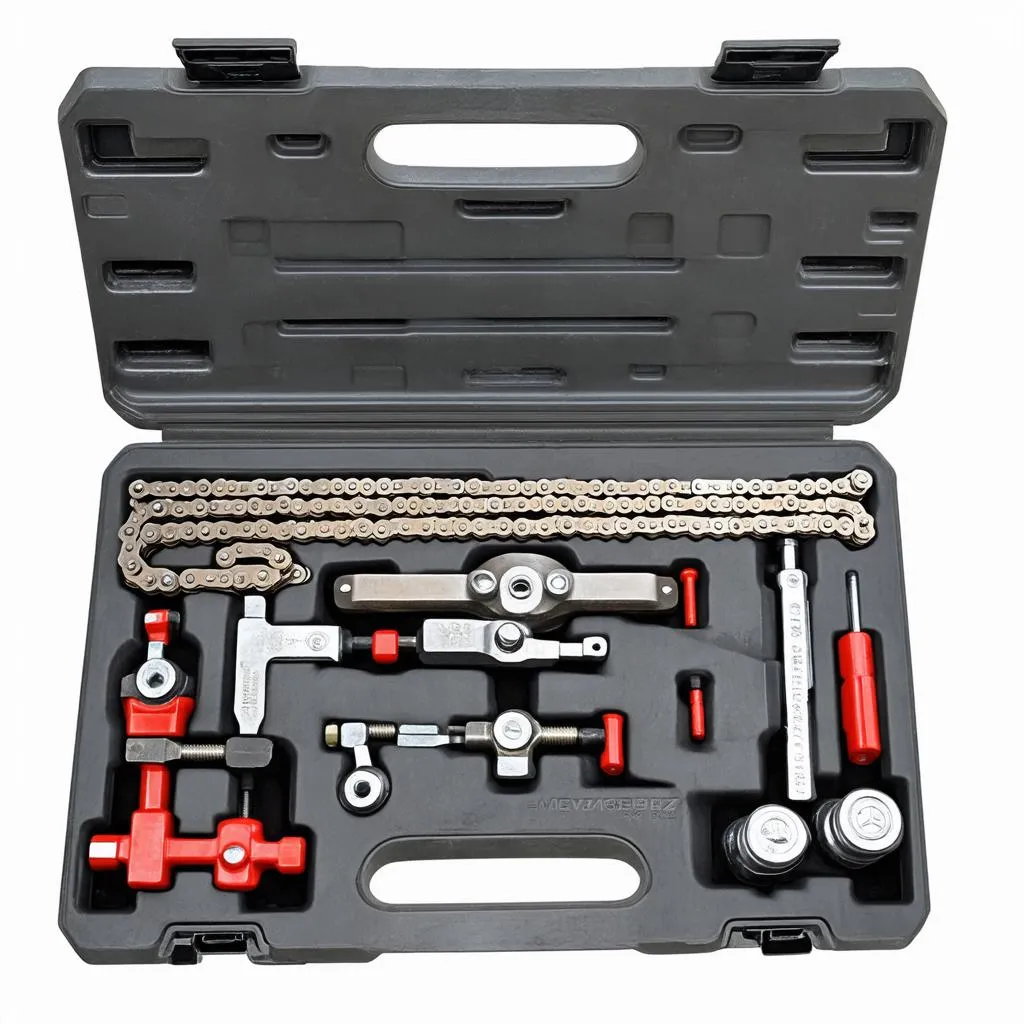A malfunctioning seat belt in your vintage Mercedes is a serious safety concern that needs immediate attention. While the sturdy engineering of these classic vehicles is legendary, time can take its toll on seat belt components.
This guide will provide a detailed walkthrough of common seat belt issues in older Mercedes models and how to address them.
Understanding the Problem: Why is My Mercedes Seat Belt Acting Up?
Several culprits could be behind your seat belt woes:
- Worn-out Retractor Mechanism: Over time, the retractor spring can weaken, or the mechanism itself can become gummed up with dirt and grime, preventing smooth retraction.
- Frayed Seat Belt Webbing: Years of exposure to sunlight and wear can weaken the seat belt material, making it prone to tearing.
- Faulty Buckle: The buckle latch can wear out, making it difficult to engage or disengage the seat belt.
- Sensor Issues: Modern Mercedes vehicles often have seat belt sensors; a malfunction here could lead to warning lights or even prevent the seat belt from working entirely.
Identifying the Issue: Is it Time for a Fix?
Look out for these telltale signs:
- The seat belt retracts slowly or not at all.
- You hear unusual noises (grinding, clicking) coming from the retractor.
- The buckle doesn’t latch securely or releases unexpectedly.
- The seat belt warning light stays on, even when the belt is fastened.
Gearing Up for the Fix: Tools You’ll Need
- Basic Socket Set & Screwdrivers: For removing interior trim panels and accessing the seat belt assembly.
- Replacement Seat Belt Parts: If the issue isn’t a simple cleaning or adjustment, you’ll need to replace the faulty component. Source these from reputable Mercedes parts suppliers.
- Safety Glasses and Gloves: Protect yourself from sharp edges and potential debris.
- Workshop Manual: An invaluable resource for model-specific instructions and diagrams.
Fixing Your Mercedes Seat Belt: Step-by-Step
While the exact process will vary depending on your Mercedes model and the specific issue, here’s a general guide:
- Safety First: Disconnect the negative terminal of your car battery before working on any electrical components.
- Access the Seat Belt Assembly: This typically involves removing interior trim panels around the B-pillar (the pillar between the front and rear doors). Consult your workshop manual for precise instructions.
- Inspect for Obvious Damage: Look for frayed webbing, damaged buckles, or loose mounting bolts.
- Address the Issue:
- Cleaning and Lubrication: If the retractor is sluggish, try cleaning it with compressed air and applying a silicone-based lubricant.
- Adjusting the Retractor: In some cases, the retractor tension can be adjusted – refer to your workshop manual for guidance.
- Replacing Components: If a part is damaged or worn beyond repair, it’s best to replace it entirely.
- Reassemble and Test: Once the repair is complete, reassemble the interior trim, reconnect the battery, and thoroughly test the seat belt’s operation.
Frequently Asked Questions
Q: Can I replace the seat belt pretensioner myself?
A: Pretensioners are pyrotechnic devices that require specialized handling. It’s highly recommended to have them serviced by a qualified Mercedes technician.
Q: My seat belt warning light is still on after replacing the buckle. What could be wrong?
A: There might be an issue with the seat belt sensor or wiring. You can use a diagnostic tool like those offered by CARDIAGTECH to read fault codes and pinpoint the problem. For more information on Mercedes-specific diagnostics, you can read our guide on how to fix the SRS light on a Mercedes ML430.
Q: Is it safe to drive my Mercedes with a malfunctioning seat belt?
A: Absolutely not. A faulty seat belt significantly increases the risk of injury in an accident. Get it fixed immediately.
Conclusion
Maintaining the seat belts in your classic Mercedes is essential for your safety and that of your passengers. While simple fixes like cleaning and lubrication can sometimes resolve the issue, more complex problems might require professional attention.
Remember, when in doubt, consult a qualified Mercedes mechanic. Drive safely!


